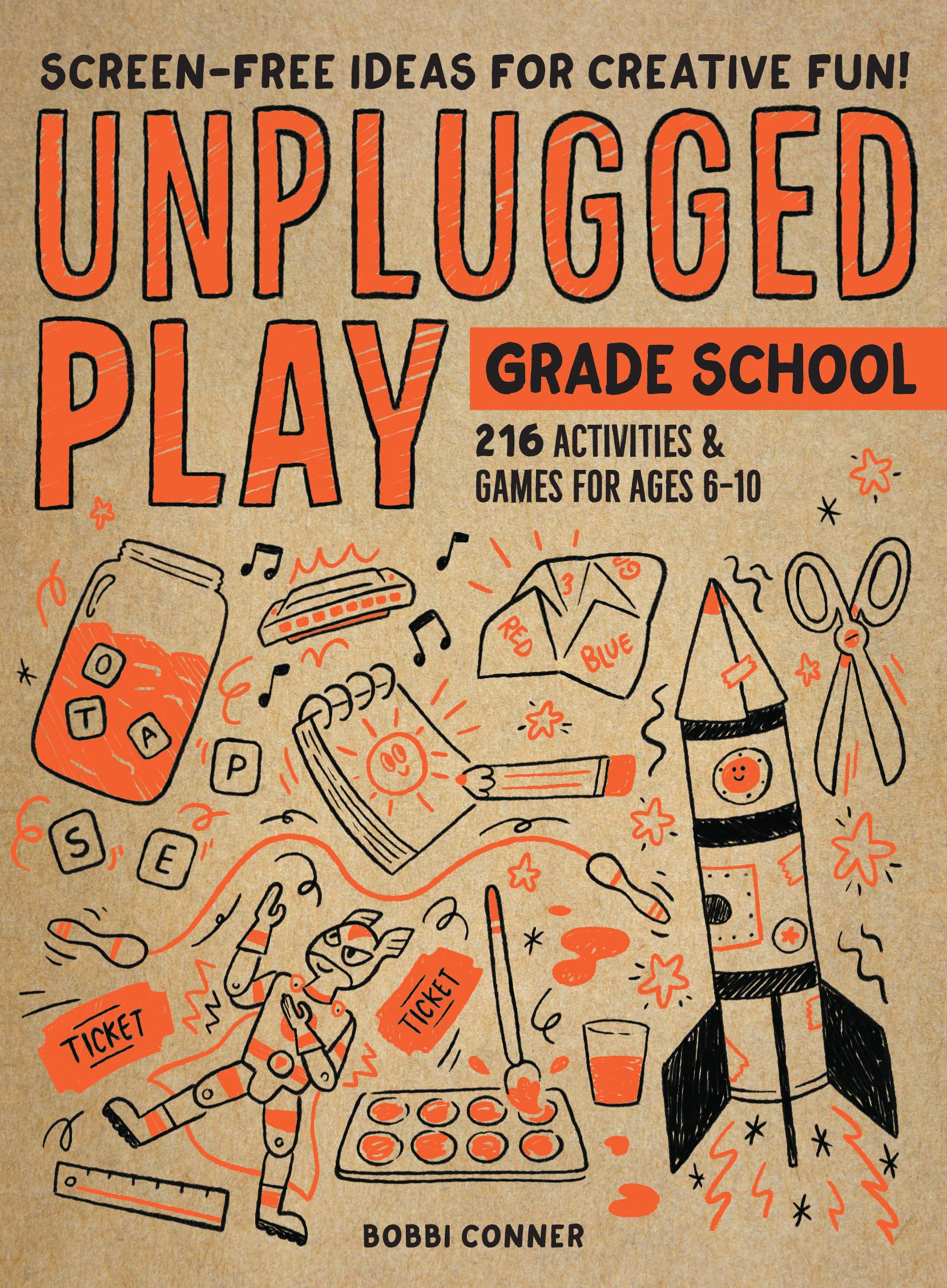
Logic: the order in which rules were given The fundamental concepts we wanted the children to learn centred around: These activities incorporated music, play, and movement. Each of the children had an adult helper-usually a family member-to support and facilitate them during the activities and to help us evaluate the children’s responses.įor the first session, we focused on using guided play activities to support the children’s learning of coding fundamentals. We used an action research approach in which we planned activities, worked with the children, and then evaluated the sessions. Utilising and adapting the methods employed by previous researchers convinced us that we first needed to teach children the principles behind programming and coding in simple everyday play sessions. Related research into the teaching of coding to 5–7-year olds, either through the medium of simple programming software (such as the Bee-Bot iPad app), or through the use of paper and pencil programming activities, found that both methods were equally successful at teaching the children to program. In addition, teaching materials need to be appropriate for the children’s age, given that much of the available software, such as Scratch and Alice, requires a level of literacy that many young children do not have. However, they can find it difficult to understand the principles behind programming and coding unless the teaching methods are adapted to their needs.

Researchers into programming and coding with young children have suggested that young children (3–6-year-olds) can use software to program robots when taught on a one-to-one basis.

In this feature, we share insights and learnings from the initial session of this coding club. The club took place over six weeks, with each session lasting about an hour. As part of the study, we devised an exploratory investigation in the form of a coding club with three children aged two years, and another aged four years.

As a group of education and computing professionals, we conceived and planned a research study into the teaching of computational thinking skills to preschool children.


 0 kommentar(er)
0 kommentar(er)
